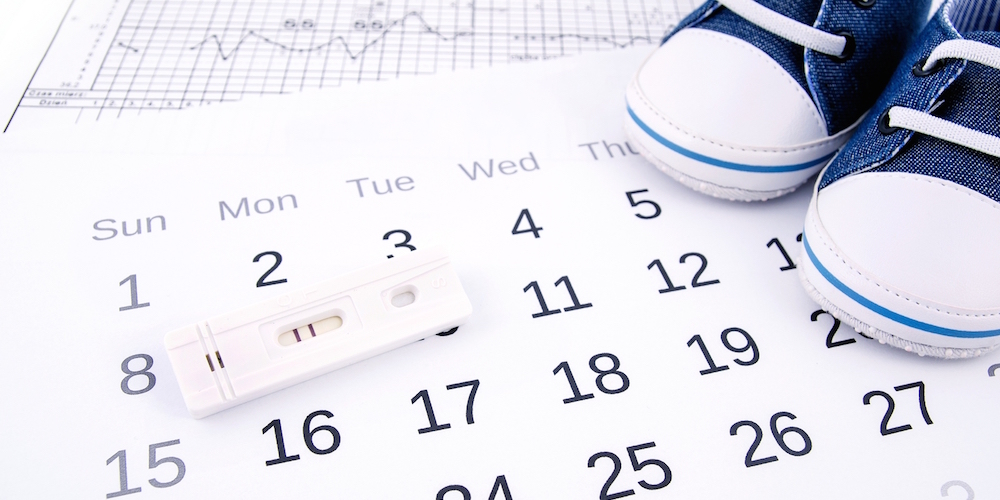Birth Trauma – what does this mean to me?
In Australia, up to one in three women experience a ‘traumatic’ birth, with about 5% of these women developing a post traumatic stress disorder (PTSD).
It's a scary figure when you consider just how often society tells us our pregnancy will leave us ‘glowing’ and how much emphasis is placed on birthing ‘vaginally’, as opposed to birthing 'safely' – which for me as an obstetrician involves both the physical & psychological safety of a mother.
Both my own births were vaginal. My first was fast and furious and done in under four hours. I had a little baby, a tiny tear, and was a great milk bar. I loved both the birth and the postnatal period.
My second birth however was a completely different story, and it left me with both permanent physical damage and birth trauma. If I could have a ‘re-do’ (don't you wish for this at times!) I would have chosen an elective caesarean section.
I love birthing. It’s one of the most intimate and one of the most amazing parts of life. But it is also one of the most terrifying.
So what is birth trauma?
Although most birth trauma is more commonly related to the birth itself, stressful pregnancies complicated by issues such as a short cervix, high-risk twins, placenta praevia, or hyperemesis gravidarium, can all be 'traumatising'.
Birth trauma is most commonly associated with birthing where physical trauma occurs. This may include birthing requiring a forceps delivery, massive bleeding after birthing, nasty vaginal, perineal and rectal tears, unexpected resuscitation for mum or baby, life-saving hysterectomies, or unexpected trips to theatre. In these situations a mother can be left with a number of physical challenges, some short-term, and some for a lifetime.
Even when all goes well physically, the pain and uncertainty of the ‘marathon of birth’, is enough itself to be traumatic for many women. Add in failed hopes, unmet expectations and disappointment, and the risk of birth trauma, both physical and psychological, is ever present.
What should you do if you experience birth trauma?
If you have experienced birth trauma, the most important step to take is to tell someone, whether it be your partner, your midwife or obstetrician, or a close friend.
Ongoing physical trauma or disability is likely correctable, but without acknowledging it your healthcare team cannot give you the best chance of recovery. As healthcare providers we also take responsibility, asking each woman about bowel, bladder, and pelvic floor function and sensation at each postnatal appointment.
Psychological trauma needs acknowledgement and the opportunity for support, both formally and informally. With 1 in 7 mothers and Australia experiencing postnatal depression, and up to 1 in 3 describing a traumatic birth, healthcare providers should be debriefing every woman’s birth, assessing each new mum for depression and birth trauma.
Birthing is one of the most amazing experiences – but for many, also one of the most terrifying life experiences. Your whole world changes in a day.
Thankfully most births are challenging, exhausting, exhilarating and joyous, but not always. As a community we need to better acknowledge birth trauma, and so better support our women and their families when it comes to birthing and parenting.
Resources:








